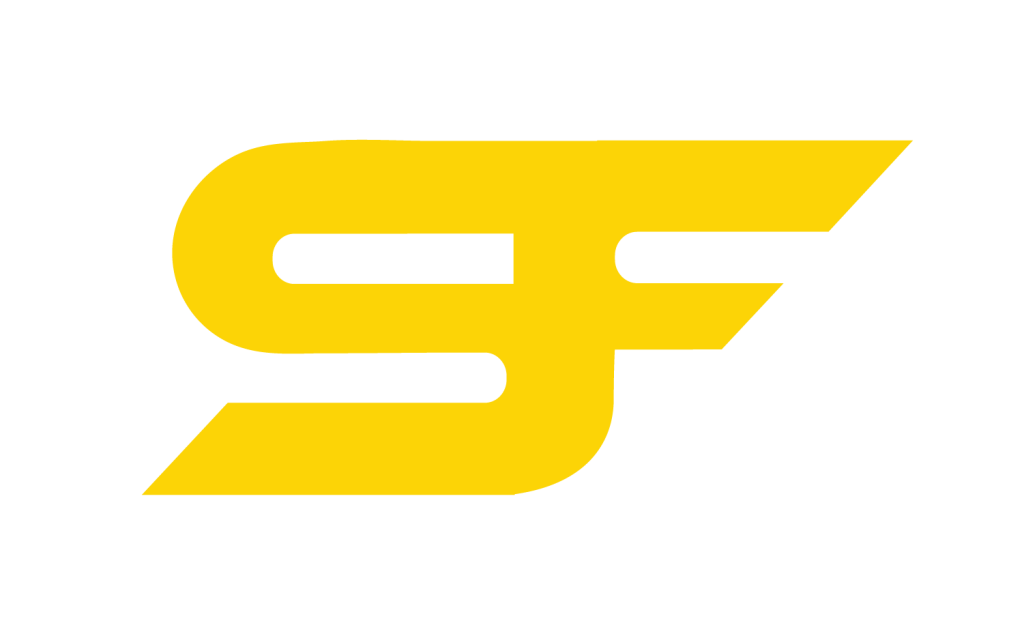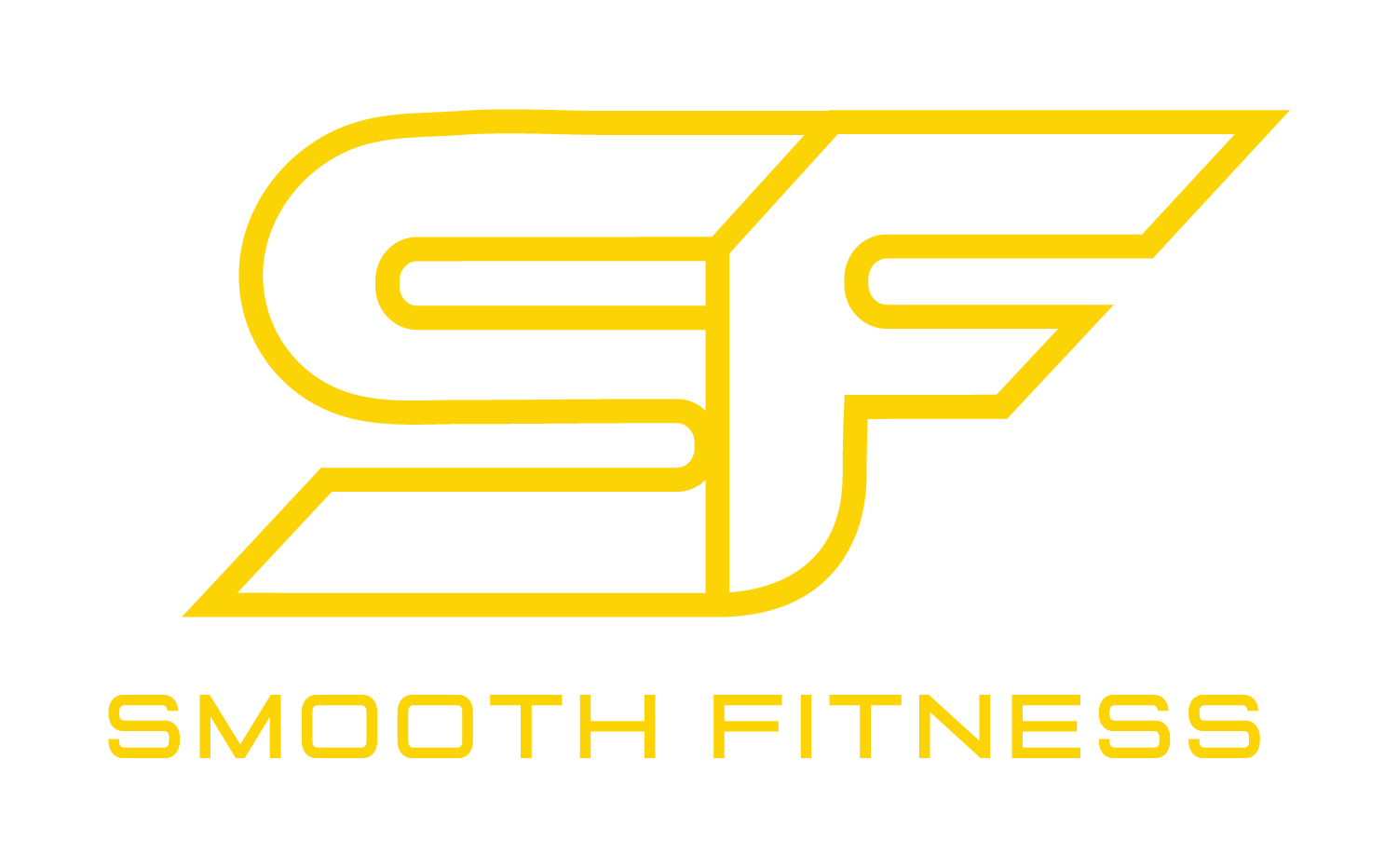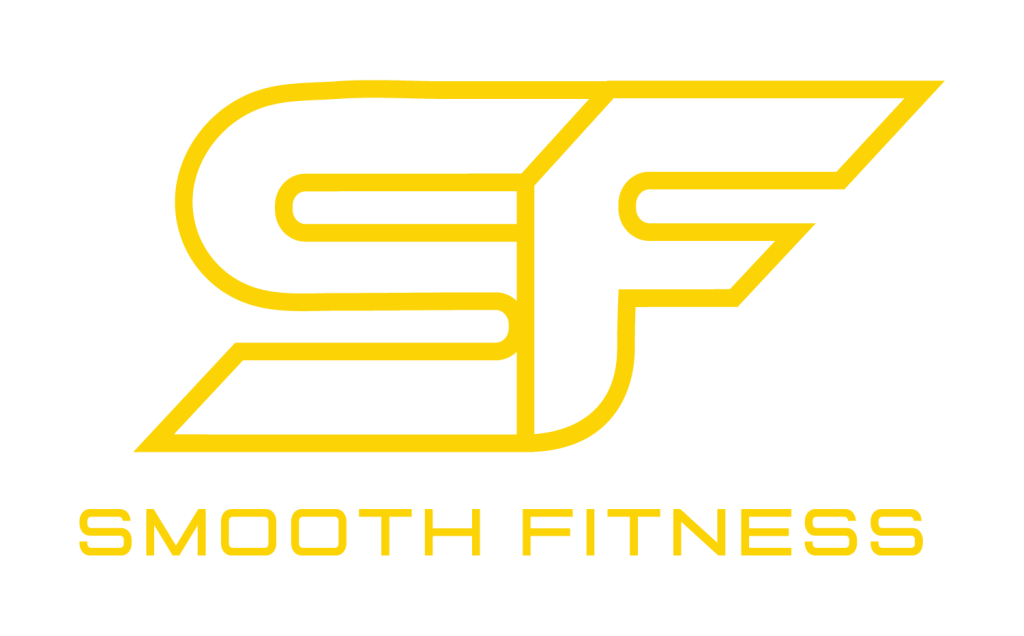Understanding exacts action. Listening is not talking when someone is talking. Just being present in the room with a pause. The stuff I put on social media is meant for understanding and to indulge in. I would say engage with it but engage is such a weird bastardized term because social media engagement is becoming this collective of disingenuous comments like bicep curl emojis just to generate traffic. If you are pursuing social media for monetary gain, your goal should be value driven. It should be how can I provide value and it is very frustrating seeing people draw away from that. The 10-20 people you share your post within some engagement group that are only doing it, so you comment on their shit that you’ll never read anyway. They are doing it in a self-serving manner. You see the same 12 people commenting on a post that they care nothing about, it’s just to boost the engagement only if you do that in return to them. It’s like someone sending you a Christmas card. Now you have to wait a full year like “ughhh damn it!! Now I have to send THEM a card next year”. Now you’re going back and forth sending a card you don’t want to send until someone dies.
Social media is a big reason why a lot of people aren’t working at the gas station or at Finishline forever and a day
But now, you’re taking this thing and you’re mutating and basterdizing it. Stop, read, and think!! Or unfollow people! You are in the room with the pause. Use the moment! Do not be so caught in indulging in what someone puts out. Take time to process it and seek out more information. Are you willing to get in the black van with mirrored windows just to learn how to squat? Think about this. You can now scroll through decades worth of synthesized information and read it while you’re sitting on the toilet. Like really think about that. Now what you decide to do with that is put a bicep emoji, a fire emoji, or a fist bump emoji. You didn’t even read the post bruh come on now. The disingenuous engagement that you leave on someone’s post only for them to bestow that upon you. I’m not doing this to listen to myself talk. You do it because you want to help people. Just egg planting yourself in the comment section to another like with your engagement buddies, just stop it. You’re ruining the party for us because you guys are lighting off flares and they’re not helping anyone. People who legit tune into my content whether it’s reposting it or asking me further questions on the content I’ve put out is truly appreciated. You get questions answered by more questions. So, the 5 people who will read this, you’re amazing.
Okay now that we have that out the way, let’s dive into some sciences and address warming up. Check the beat.
People often make the mistake of separating their warmup from their workout
The keys to writing and executing intent-based program is understanding the conceptual lay out of said program. People often make the mistake of separating their warmup from their workout. So, they’ll do a warmup, a warmup set for the exercises they are performing, then the actual workout. It’s always best when you can and where you can to integrate mobility and stability stuff in your actual strength stuff. For example, doing back work. So, we go into the gym and its back day. Our focus will be the Lats. Most people use their rhomboids to initiate motion when performing a back exercise like the row. Why? Because there was no focus on stabilizing the muscle required to execute the lift(s). The Thoracic Spine and Serratus Anterior should be our focus going into it. Having a stable Serratus Anterior and Scapula will allow for us to use our Lats effectively especially in lengthening ranges. A good way to focus on warming up within this dynamic would be doing Thoracic extension over a bench or doing pullovers to integrate that Serratus stabilization of the scapula. Now we are initiating movement with the Lats as opposed to the Rhomboids when people are primarily focused on “squeezing the shoulder blades together”.
“This hurt! What is the stretch?”
The thought process is when we see these dysfunctions at the shoulder, hips, and spine, how do they manifest? How do we avoid them to begin with? How are we motivated to run away from this obnoxious stimulus and run towards better performance? The issue is not about pain, range of motion, nor is it screaming MOBILITY. This critical thinking being applied with actual practical application permeates the language a lot of people use. “This hurt! what is the stretch?” is the wrong way to look at it. It depends on where you are within this continuum. You program and execute around joints like the shoulder, hip, and spine. When examining human function and looking to improve the functions of mobility, stability, and strength, it is how do these interfaces with the two tenants of walking and breathing. It is not about fitting into the activity or simply looking good, but about making you a functional human being. These are the fundamental principles of our biomechanics and physiology.
Recovery starts with good technique and proper programming
Integrating function into action is the crux of this that a lot of people miss. Let’s change the narrative of looking at some of these things as recovery on the off days and start looking at them as preparation for the next. You then put yourself in better positions to apply stress to tissues. Like applying stress to a quad. That quad can recover vs applying stress to a tendon, that will take more time to recover. When we think about when we do recovery sessions, I’m not trying to mitigate the stress of the workout because it is where it needed to be. I’m thinking how I pay this forward to tomorrows session. Chasing pain is cheap. That’s old. We chase performance through application of focusing on the foundational principles of strength, mobility, and stability to enhance our performance.








